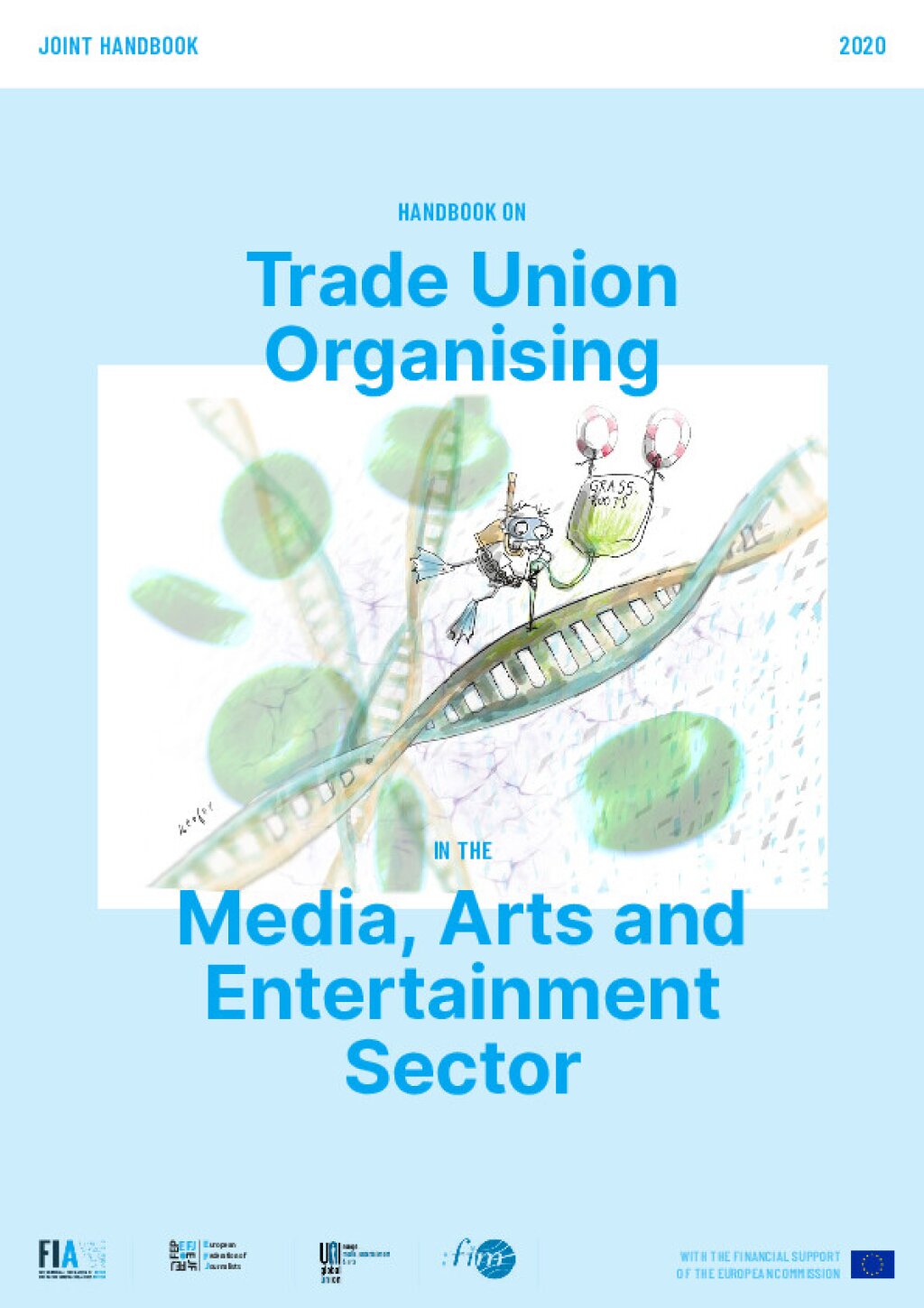By Kurt Vandaele, Senior Research, European Trade Union Institute | 5 min
Watch our webinar with Kurt Vandaele on 'Organising Newcomers' to our movement now.
Since the outbreak of the coronavirus crisis, some trade unions have reported considerable increases in their membership. Clearly, economic uncertainty caused by the pandemic, as well as growing concern over workplace health and safety issues, have, in certain industries, driven more workers into the arms of unions.
There are, of course, reasons to be cautious. The economic fallout of the pandemic is causing mass layoffs and redundancies, which means unions should expect drops in membership as unemployed workers leave. Nevertheless, new members offer significant opportunities for unions, particularly in their attempts to ‘revitalise’. In fact, there are at least two good reasons why it is important to give some attention to new members. First of all, most members that decide to leave the union do so in their early years of membership. Any retention strategy regarding union membership should thus primarily focus on this period. Secondly, new members joining a union for the first time have not been influenced by any previous direct union experience or ‘socialisation’, and most of them are young. This means that there is a great potential for creative energy, fresh ideas and imagination amongst them – what better aid to union revitalisation?
My research on a Belgian union has found that a critical mass of newcomers has in fact shown a willingness to be more involved in union activities. So, how best to take advantage? It may first of all be helpful to identify three key approaches for building union power: advocacy, mobilising and deep organising. Figure 1 demonstrates how each approach has a distinctive understanding of member involvement.
Source: Adapted from Vandaele (2020).
In an advocacy strategy, focused on campaigning and influencing, union member participation is practically absent; the exchange between professional union staff and members is primarily economic. A mobilising approach, on the other hand, aims to involve members more in trade union activities. Yet the occasional nature of this strategy, in moments of direct action, implies that this approach only focuses on those who are already committed union activists. The day-to-day work of problem-solving for workplace or other issues still largely depends on staff. In the bottom-up, deep organising approach, however, the goal is to widen the base of activists through engaging and mobilising ordinary workers to achieve transformative change via mass pressure.
In broad terms, newer unions which put an emphasis on the idea of grassroots mostly oscillate between mobilising and deep organising strategies, whereas most (but not all) more established unions orient themselves more towards advocating and mobilising. But too much of a focus on these latter approaches is associated with passivity among the union membership. One way to change this is to encourage newcomers to carry out small ‘tasks’ on a voluntary basis, such as informing colleagues, friends or family about the union or mobilising them for union campaigns or actions. My research in Belgium has also found evidence to support the potential of the deep organising approach. In a survey of first-time members of a Belgian union, no less than 41 per cent professed themselves to be (quite) willing to carry out at least one task aimed at reaching out to potential members.
Apart from a newcomer’s embeddedness in pro-union networks, the belief that one’s personal involvement will make a difference in the union is, in particular, a strong, intrinsic driver for taking on tasks. Therefore, including a question in the registration form that asks the person to rate the extent to which they believe they can make a difference in the union could be very revealing. Responses to this question could be the basis for developing retention strategies and targeting specific member groups to engage in organisational learning. Newcomers showing a strong conviction about the value they can bring to the union are low-hanging fruit – they can be put on a fast track to carry out more demanding tasks. But the ones with a weak conviction also need attention, perhaps even more so.
There are some final considerations to bear in mind for those unions who wish to pursue this ‘deep organising’ strategy. First, boosting member-union ties via organising tasks is more successful when underpinned by an articulate vision and long-term objectives – this is something the union needs to develop and communicate clearly to the members. Second, as tasks vary (time-, skill- and stress-wise), they should be tested to see which member categories they appeal to. Third, unions need to consider a ‘developmental’ perspective on union participation, meaning a step-by-step approach that over time builds mutual support between (over-stretched) union representatives and members who are willing to offer their services to the union. Identifying and addressing newcomers who are potentially interested in activism – in either more or less demanding forms – and, critically, in a relationship with their union that is not purely economic is therefore key.
If you're interested in learning more about trade union newcomers and organising, make sure to read Understanding Strategic Corporate Research by our Executive Director Becky Wright and Member engagement doesn’t work in isolation by Vic Barlow.
This blog is based on Vandaele K. (2020) Newcomers as drivers of union revitalization: survey evidence from Belgium, Relations Industrielles/Industrial Relations, 75(2), pp.351-375.



